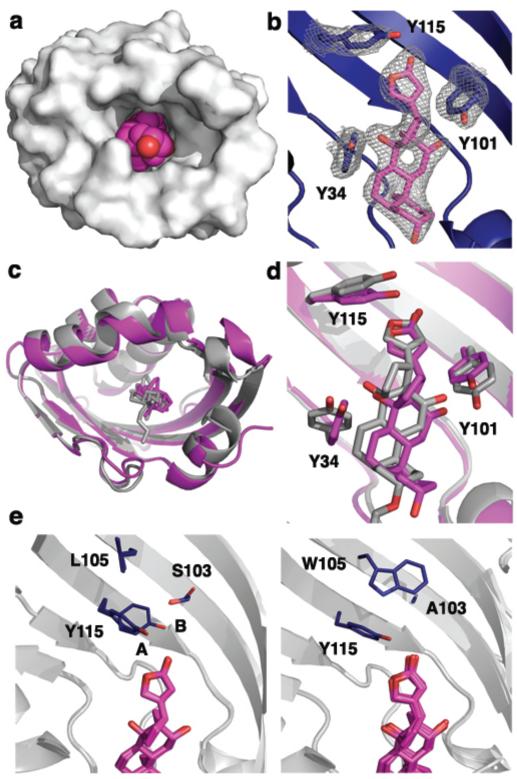Figure 3. Crystal Structures of the DIG10.2- and DIG10.3-DIG Complexes.
a, Surface representation of the DIG10.2-DIG complex showing the high overall shape complementarity of the interface. DIG is depicted in magenta spheres. DIG10.2 is a dimer and crystallized with four copies in the asymmetric unit. b, 2Fo - Fc omit map electron density of DIG interacting with Tyr34, Tyr101, and Tyr115 contoured at 1.0 sigma. c, Backbone superposition of the crystal structure of the DIG10.2-DIG complex (magenta) with the computational model (gray) shows close agreement between the two. d, Binding site backbone superposition shows that the ligand and the three programmed Tyr hydroxyl groups are in their designed conformations. e, Configurational side chain entropy between the four crystallographic copies of the DIG10.2-DIG (left panel) complex and chains A, B, C, H, and I of the DIG10.3-DIG (right panel) complex. The side chains of DIG10.3 at positions 103, 105, and 115 each adopt only a single rotamer. DIG10.2 Tyr115 conformation A features a more canonical hydrogen-bonding geometry than that of conformation B.

